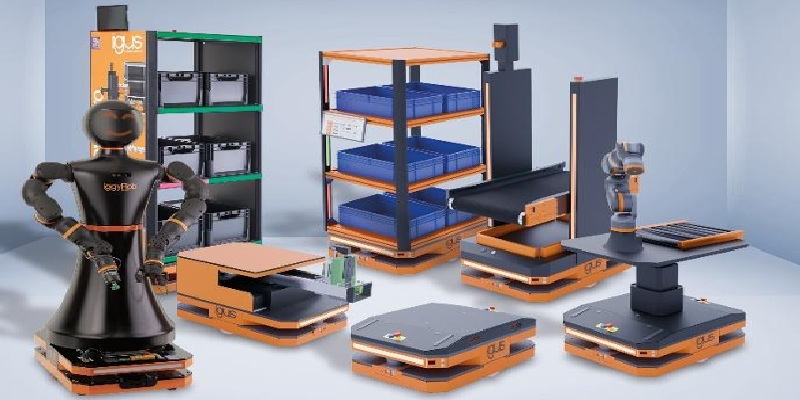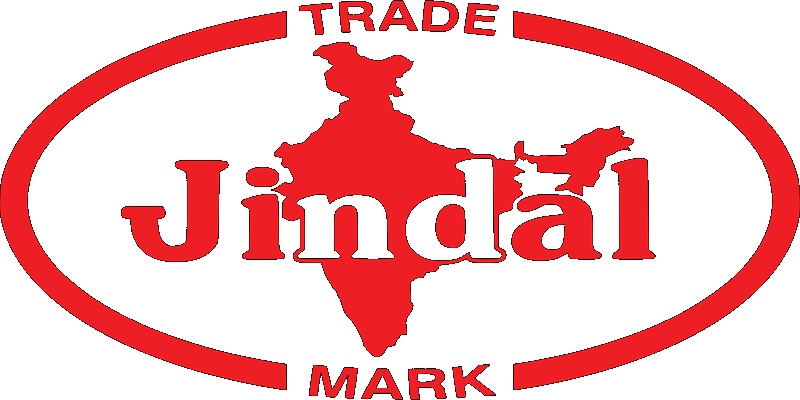Schedule a Call Back
3 Ways automation is shaping the future of industrial cutting
 Articles
Articles- Mar 30,24
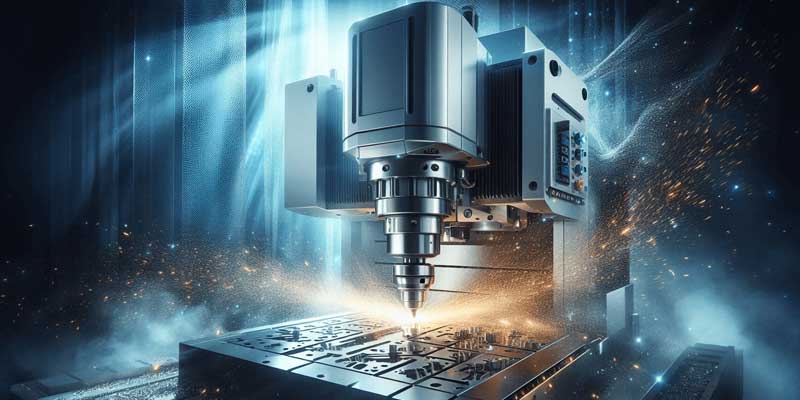
Related Stories
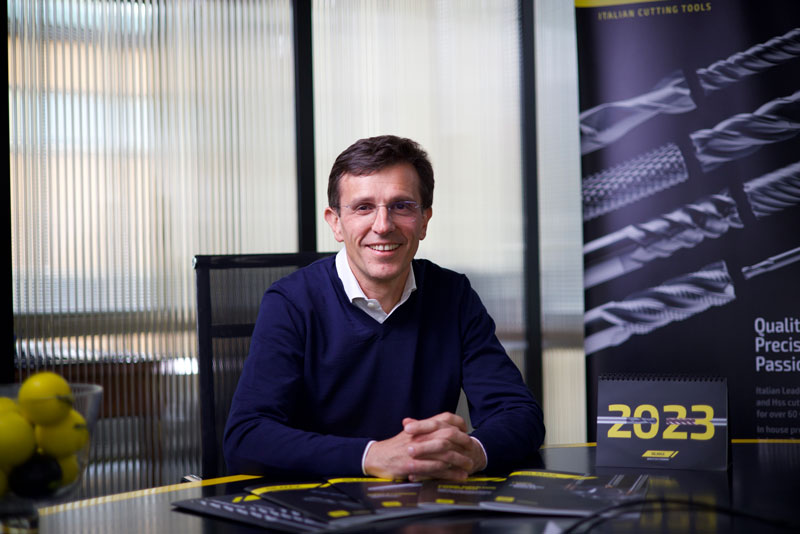
India serves as a strategic pillar for Silmax’s Asian expansion: Dr Fumagalli
In this interview with Rakesh Rao, Dr Dario Maria Fumagalli, President & CEO, Silmax, elaborates on the growth potential of India’s machine tools industry and the company’s long-term commitment ..
Read more
4 Low-VOC Industrial Paints That Deliver High Performance in Tough Environments
Volatile organic compounds (VOCs) - contaminating air and water - can affect health. In this article, Emily Newton explores four high-performance, low-VOC industrial paint options that reduce harmfu..
Read more
Boehlerit’s THETAtec 25N Feed tool system redefines high feed milling
High performance cutting brings productivity increases and measurable cost reductions at the same time. With the new THETAtec 25N Feed, Boehlerit now offers another high-end tool system for this mac..
Read moreRelated Products
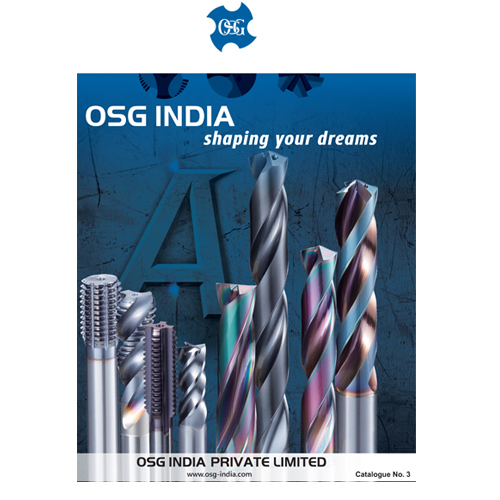
Precision Cutting Tools1
S S Trading Corporation offers a wide range of precision
cutting tools.
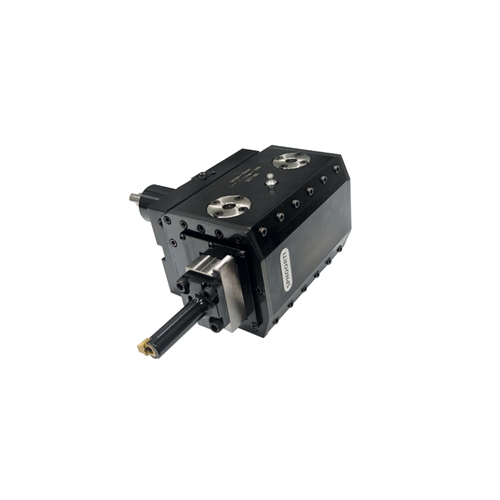
Slotting Head Unit for All Cnc Turn Mill Centers
Sphoorti Machine Tools Pvt Ltd offers a wide range of
slotting head unit for all CNC turn mill centers.
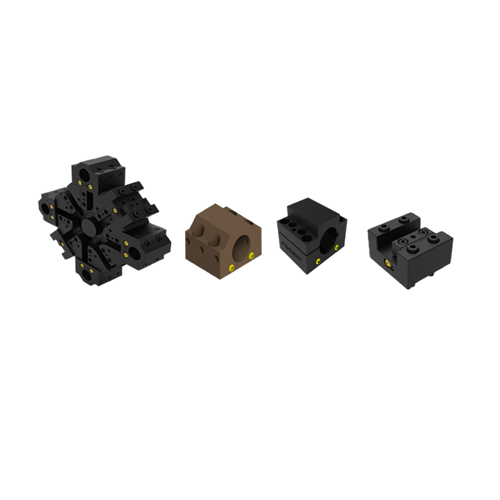
Slotted Tool Disc and Tool Holders
Prominent Machine Tools offers a wide range of slotted tool disc and tool holders.





